Question:1
What is the risk of riding a motorcycle in the dark?
Category : Safety
Question:2
Which driver related ability is impaired during fog?
Category : Safety
Question:3
Under which circumstances should you slow down your driving?
Category : Safety
Question:4
You are driving a vehicle that approaches the cyclist in the picture from behind. What risk might be posed by the cyclist ?
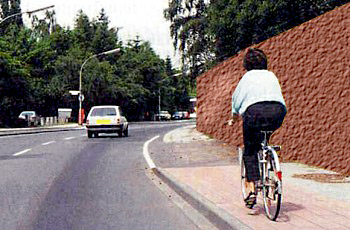
Category : Safety
Question:5
How are you required to conduct yourself according to the event that is depicted in the following picture?
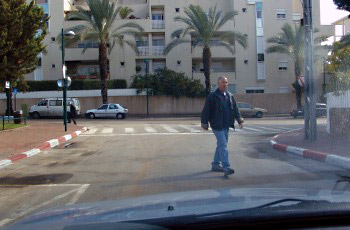
Category : Safety
Question:6
What is the distance we are required to keep from the vehicle in front of us while driving?
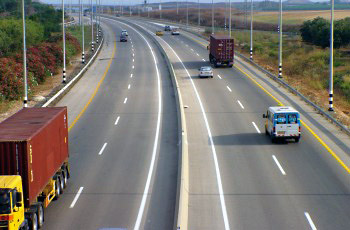
Category : Safety
Question:7
What problem faces a vehicle driver who is driving at a high speed?
Category : Safety
Question:8
How can we minimize the risk of brake loss while driving on a mountain road?
Category : Safety
Question:9
What is the risk of driving a motorcycle while its kick-stand is down?
Category : Safety
Question:10
The white vehicle (1) and the silver vehicle (2) at the intersection, intend to enter the same road. Which of them is obliged to give right of way?

Category : Safety
Question:11
When approaching a junction with no traffic signs and you wish to turn right, whilst another vehicle approaches the junction from your opposite direction, you should:
Category : Safety
Question:12
What is the risk in braking while being forced to pull onto the “hard shoulder”?
Category : Safety
Question:13
How would you behave on the road ahead?
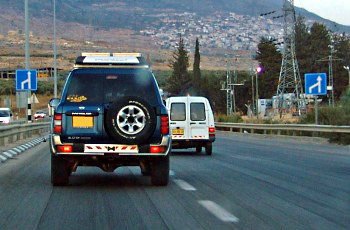
Category : Safety
Question:14
How does driving on the right side of the road affect drivers field of vision?
Category : Safety
Question:15
What risk do riders of two-wheelers face while passing between two rows of moving cars before an intersection?
Category : Safety
Question:16
When is there a danger of vehicle skidding?
Category : Safety
Question:17
How would you conduct yourself in a vehicle with automatic transmission, when driving down a continuous steep road?
Category : Safety
Question:18
Which measures would you take in the following situation?
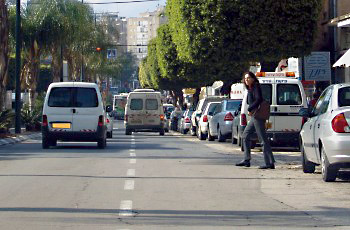
Category : Safety
Question:19
Is it permitted to drive a tractor with brakes that are permanently separated?
Category : Safety
Question:20
In your opinion, is the white vehicle within the curve positioned correctly?
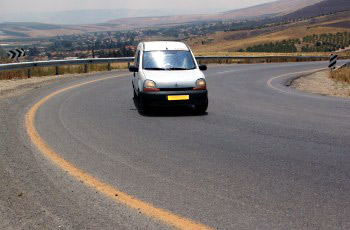
Category : Safety
Question:21
The vehicle’s braking distance is the distance covered by the vehicle:
Category : Safety
Question:22
Can unprescribed medications have a negative effect on driving?
Category : Safety
Question:23
What conduct can be expected from the vehicles in the following picture?
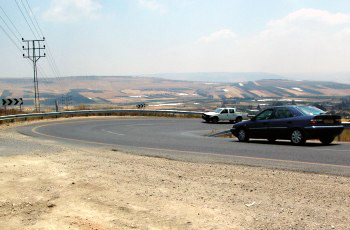
Category : Safety
Question:24
Who is responsible for keeping a safety distance from the front, rear and sides while riding a motorcycle amongst other vehicle?
Category : Safety
Question:25
In an automatic gearbox, what is a driver required to do before shifting from the P gear to any other gear?
Category : Safety
Question:26
What is the driver required to check before starting to drive?
Category : Safety
Question:27
When driving in reverse:
Category : Safety
Question:28
How can you manage to keep your braking distance within the range of your vehicle’s lights while driving at night?
Category : Safety
Question:29
When is it obligatory to install a spark protector on a tractor?
Category : Safety
Question:30
What is a “blind spot”?
Category : Safety

